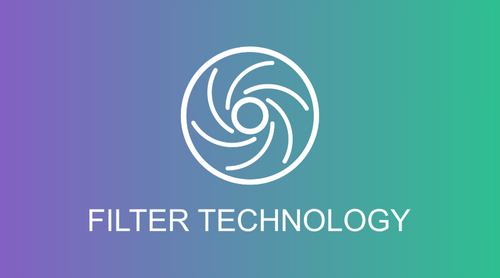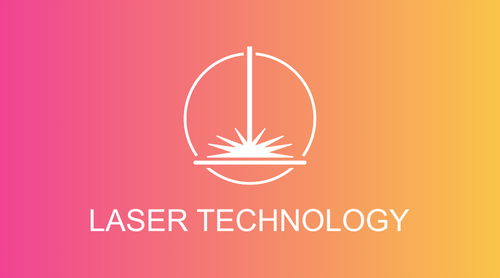What is the difference between a single-pulse and multi-pulse laser cleaner?
The difference between single and multi-pulse laser cleaners lies in their application and the specific cleaning needs they can meet. These two technologies are recommended in different situations depending on the materials that need to be cleaned and the type and extent of contamination.
- Single-pulse laser cleaners: Single-pulse laser cleaners are characterized by their precision and their ability to gently clean sensitive materials. They are often used where it is important to remove contaminants or coatings without damaging the underlying material. A typical example is cleaning works of art or historical artifacts where the surface is delicate and requires particularly gentle cleaning. Single-pulse lasers are also used in the electronics industry to clean components and optics, where precision and material protection are of crucial importance. In medicine, single-pulse lasers are used in eye surgery to process tissue very precisely, for example in LASIK surgery to correct visual defects.
- Multi-pulse laser cleaners: In contrast, multi-pulse laser cleaners are primarily used in industrial environments where quick and thorough cleaning of heavily contaminated surfaces is required. These lasers can remove a variety of stubborn contaminants including rust, paint, coatings and deposits. Typical areas of application include the automotive industry, shipping, the construction industry and the maintenance of machines and systems. Multi-pulse lasers are also used in the restoration of monuments and buildings to effectively clean and restore heavily soiled surfaces.
Overall, both single and multi-pulse laser cleaners offer versatile solutions for different cleaning needs. The choice between the two technologies depends on the specific applications, the materials to be cleaned and the desired cleaning efficiency.
What is the difference between a single-pulse and multi-pulse laser cleaner?
The difference between single and multi-pulse laser cleaners lies in their application and the specific cleaning needs they can meet. These two technologies are recommended in different situations depending on the materials that need to be cleaned and the type and extent of contamination.
- Single-pulse laser cleaners: Single-pulse laser cleaners are characterized by their precision and their ability to gently clean sensitive materials. They are often used where it is important to remove contaminants or coatings without damaging the underlying material. A typical example is cleaning works of art or historical artifacts where the surface is delicate and requires particularly gentle cleaning. Single-pulse lasers are also used in the electronics industry to clean components and optics, where precision and material protection are of crucial importance. In medicine, single-pulse lasers are used in eye surgery to process tissue very precisely, for example in LASIK surgery to correct visual defects.
- Multi-pulse laser cleaners: In contrast, multi-pulse laser cleaners are primarily used in industrial environments where quick and thorough cleaning of heavily contaminated surfaces is required. These lasers can remove a variety of stubborn contaminants including rust, paint, coatings and deposits. Typical areas of application include the automotive industry, shipping, the construction industry and the maintenance of machines and systems. Multi-pulse lasers are also used in the restoration of monuments and buildings to effectively clean and restore heavily soiled surfaces.
Overall, both single and multi-pulse laser cleaners offer versatile solutions for different cleaning needs. The choice between the two technologies depends on the specific applications, the materials to be cleaned and the desired cleaning efficiency.


